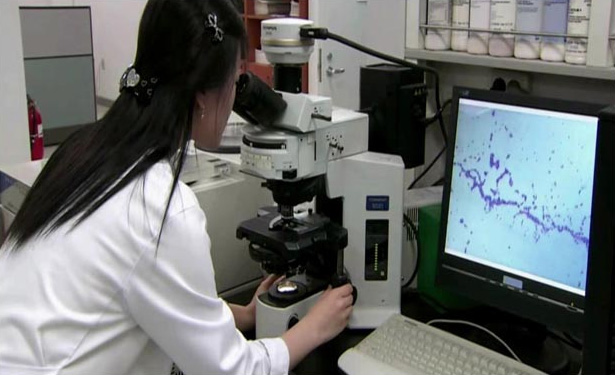
In the olden days, Koreans used crushed bone of cuttlefish to cure scars. However, there were difficulties in using it as medicine since marine animals were not easy to find, manage or store. But now, with advancements achieved in marine science technology and bioengineering technology, there are medical supplies, cosmetics, and dietary supplements that utilize sea animals to achieve excellent remedial effects and medical treatments.

Compared to land animals, it is not easy for sea animals to hide from enemies. Therefore, many of them possess toxic substances inside their body to fight off enemies.
Humans are making efforts to develop such toxins of sea animals into new medicines.
Base materials for new medicines that can be attained from sea animals include antihistamine and antibiotics extracted from the sea surface, anti-skin cancer agents, tumor growth inhibition substances, and cardiac accelerator from coral reefs, nervous system paralyzant from sea cucumbers, and steroid substances from starfish.
In Korea's case, the National Institute of Fisheries Science developed cosmetics that can effectively remove heavy metals with the use of alginic acid extracted from sea algae. Moreover, efforts are being made to produce well-being products from squid, and foster functional planktons and develop functional feed. The use of marine life is only in its beginning stage, and as the variety of marine life is countless, it presents infinite opportunities to the humankind.
Marine life, which accounts for about 80% of all living organisms on Earth, or a total of 300,000 species, is estimated to have infinite potential for use in industries and medical fields. In particular, substances that contain extremozymes that are difficult to acquire from terrestrial life, as well as bioactive substances and new functional materials are of great scientific and commercial interest. Therefore, the marine bio-industry can be regarded as the key to heighten national competitiveness and resolve food and resources problems. In fact, the Korea Institute of Ocean Science and Technology continues to research the best ways to use newly found species of marine microorganisms.
※ The texts were written based on the outcome of "Development of Ocean Education Textbook" and "Development of Contents for Ocean Education Textbook" projects conducted by the Korea Maritime Foundation in 2010 and 2011.